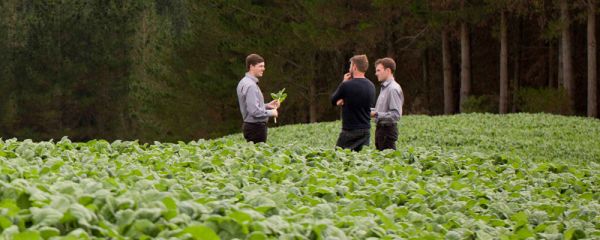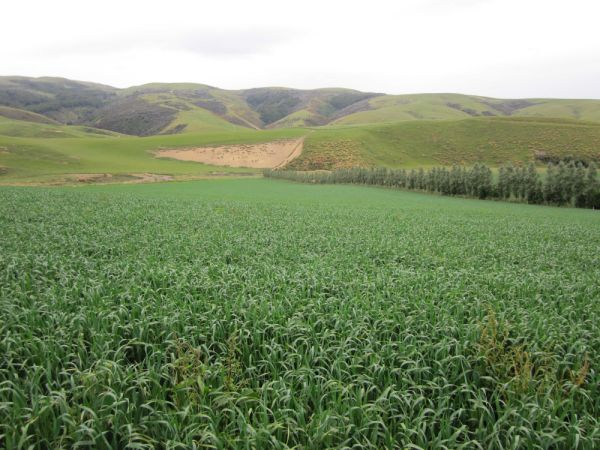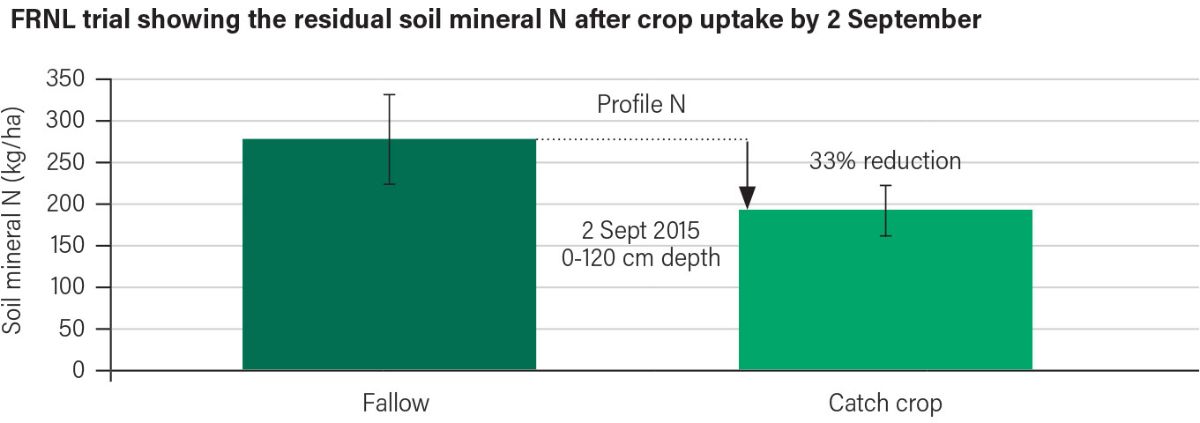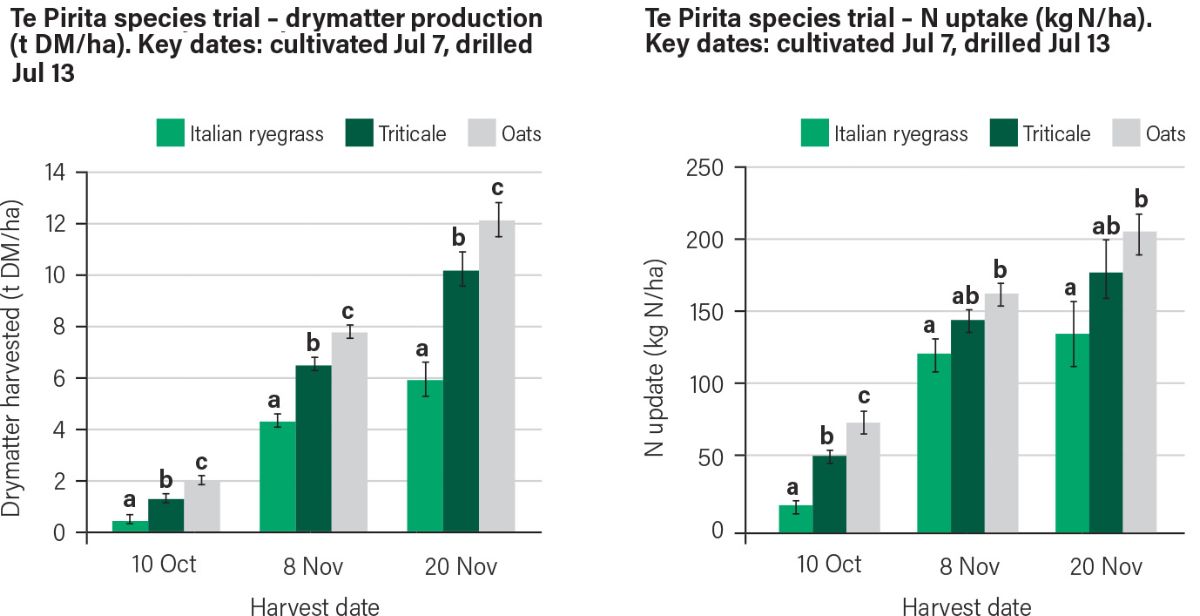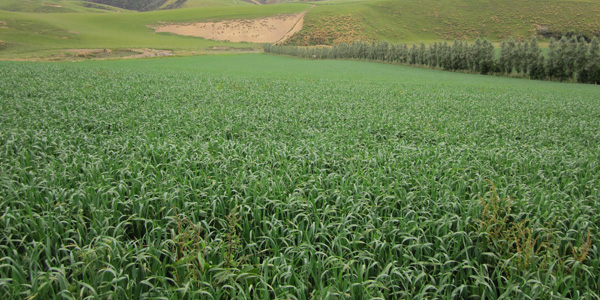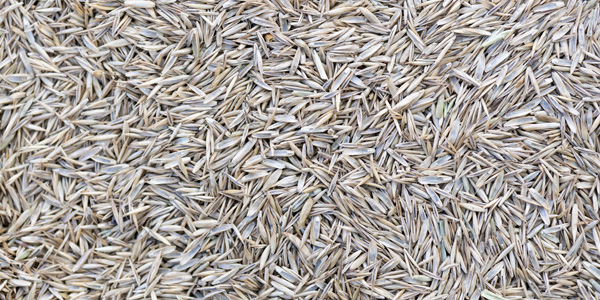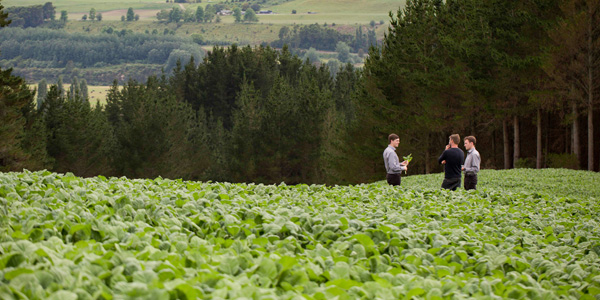
Forage Cereal Catch Crops
Forage Cereal Catch Crops
Catch Crops to Reduce Nitrogen Leaching
The risk of nitrogen (N) leaching from urine patches, deposited while grazing winter crops, is very high and estimated to be between 50 and 180 kg N/ha. Fallow soils post winter grazing create a high probability of soil drainage and nutrient losses which in turn may have an effect on spring and annual production. Catch crops are used to cover the fallow ground and take up the urinary N deposited by winter grazing, reducing the risk of nitrate leaching.
Recent research from Forages for Reduced Nitrate Leaching (FRNL) and Pastoral 21 (P21) have shown drymatter (DM) production can be significantly increased at a lower cost per kg/DM, while decreasing the amount of leachable N.
One study has shown by sowing catch crops such as oats following winter crop grazing, nitrogen losses have been reduced by up to 49% compared to leaving the ground fallow. (The magnitude of this effect may vary depending on crop management, catch crop genotype, soil type and seasonal weather conditions).
These crops can also be useful in providing ground cover for weed control and soil stabilisation and increase total annual production. Figure 30 below demonstrates another trial where the effect of using a catch crop to reduce N was compared to leaving the ground fallow, providing a 33% reduction of soil mineral N.
Te Pirita – Species comparison of fallow vs oats, triticale and Italian ryegrass in the graphs below demonstrate the benefits gained by putting Italian ryegrass, triticale and oats into a system post fodder beet and kale being grazed. It can be seen that oats have the greatest effect as a catch crop in terms of drymatter harvested (t DM/ha) and N uptake (kg N/ha).
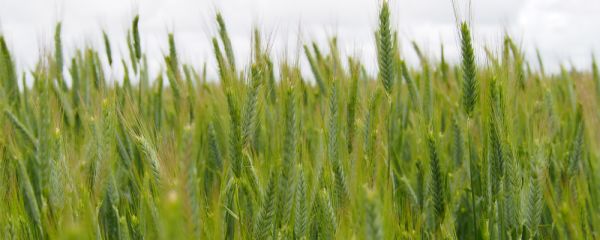
Our Forage Cereals range
VIEW PRODUCTS